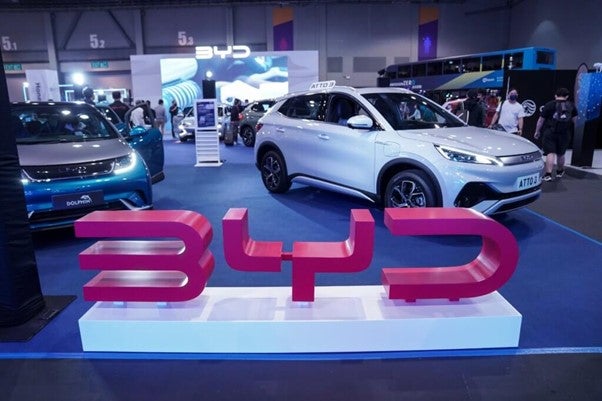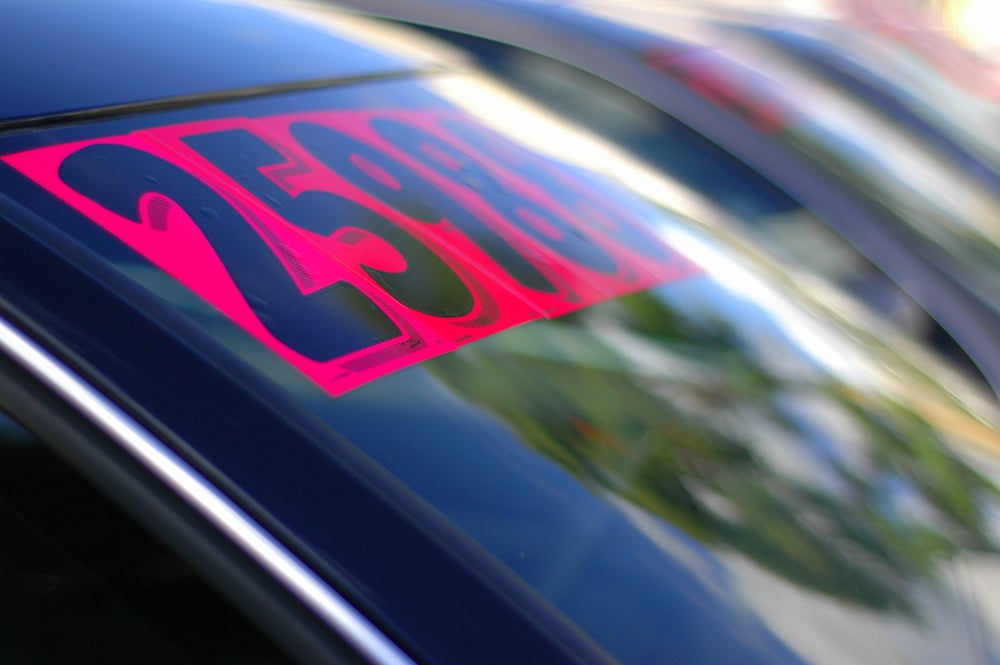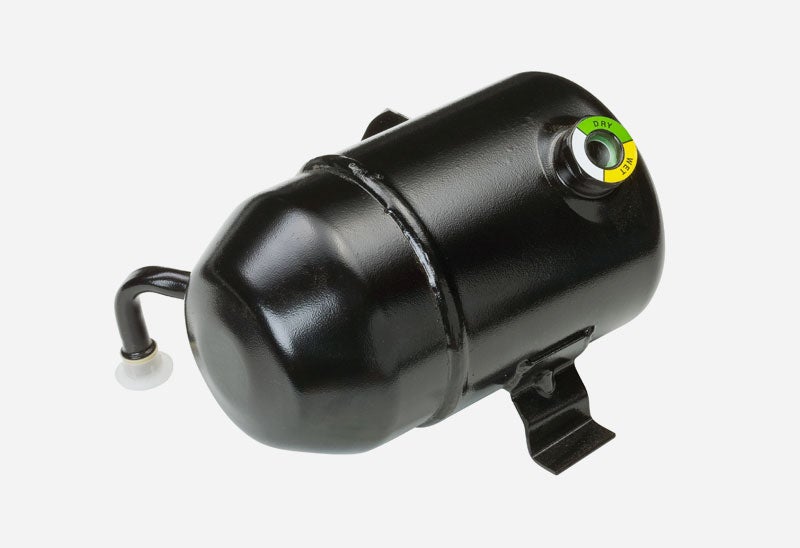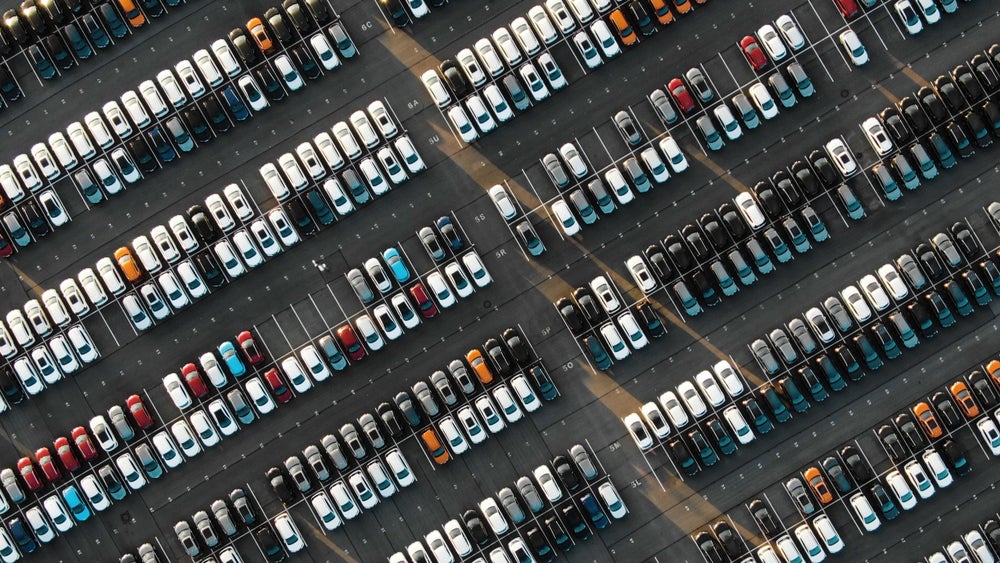
GAZ Group’s parent estimates the bottom may have been reached of plummeting passenger and light commercial vehicle sales in Russia but concedes the government will likely have to keep stepping in with incentive programmes.
Recent figures from the AEB Automobile Manufacturers Committee in Moscow show sales of new passenger cars and LCVs in Russia undergoing another significant drop last month, plunging 37.7% to 125,801 units, while during the January-May period, slightly fewer than 642,000 units were sold.
Russia has come under a withering economic barrage of bad news this year as extremely steep interest rates, inflation, a devaluing rouble, low oil price and international sanctions concerning Ukraine all contribute to dampen new vehicle purchases but GAZ owner Russian Machines is welcoming initiatives from Moscow to boost confidence.
“It is not clear where the rouble will position itself [although] it looks like it is coming to a more stable situation,” Russian Machines CEO Manfred Eibeck told just-auto in Moscow. “Interest rates…they are 15%-16% [these are the real interest rates provided to manufacturers].
“The issue is still a lot of customers in our commercial business are struggling to get finance. The state did support with some programmes and we are confident they will do something again on the utilisation [scrappage] programme.
“I think we are probably at the bottom of sales – that is no [t] going to go down but it is extremely difficult. It needs these support programmes from the state that we keep this level and we can recover. It will not happen fast, it will take a while.”
How well do you really know your competitors?
Access the most comprehensive Company Profiles on the market, powered by GlobalData. Save hours of research. Gain competitive edge.

Thank you!
Your download email will arrive shortly
Not ready to buy yet? Download a free sample
We are confident about the unique quality of our Company Profiles. However, we want you to make the most beneficial decision for your business, so we offer a free sample that you can download by submitting the below form
By GlobalDataDuring the past five years, GAZ has spent more than US$1bn on new technologies as well as updating its product range which includes models such as the Next LCV, GAZon Next, Ural Next and Vector Next bus, as well as its contract manufacturing roles with Volkswagen, Chevrolet, Skoda and Mercedes-Benz.
The partnership with overseas OEMs, whose joint investment projects total US$500m, together with input from the foreign partners, is seeing around 400 vehicles per day produced in Russia.
The scale of the challenge facing GAZ and other producers in Russia can be gauged by the Russian Machines chief’s estimation the market will tumble from nearly 2.9m units last year to just 1.9m in 2015.
However, one bright spot among the gloomy series of prognoses for Russia lies in the positive side effect of a depreciating rouble making domestic suppliers significantly more competitive against their foreign counterparts.
This unintended but welcome effect has also been given been given solidity by Russia’s enduring Decree 166 mandating local supply levels and Eibeck backs its continuing existence, with GAZ possessing its own Autocomponents Division working in joint ventures with Bosal and Bulten, for example, to manufacture exhaust emission systems and fasteners as just two examples of 21 parts products.
“Decree 166 was the best programme in the last four, five years because it really pushed localisation,” said Eibeck. “Everybody who is under the decree feels treated right – I have not heard anything else. The ones who did not come in – they want to come in.”
Eibeck’s cautious optimism the market may have flattened out its downward trend was also echoed recently by fellow Russian producer, AvtoVAZ, whose president, Bo Andersson estimated the country could return to a 3m market by 2018.
“There is the potential in the market to be bigger than Germany,” noted Eibeck, adding: “It is not going to happen as it was proposed four years ago but definitely 140m [Russian] people with this infrastructure, they need it.
“There is a very old fleet out there.”
The AEB has also detected mild pick up in the market with a gradual reduction in bank interest rates and new car prices supported by a more robust rouble exchange rate.
“This relative improvement is unlikely to bring about a fundamental turnaround for the market but should help to slow down the pace of year on year sales decline in the coming weeks and months,” said AEB Automobile Manufacturers Committee chairman, Joerg Schreiber.







